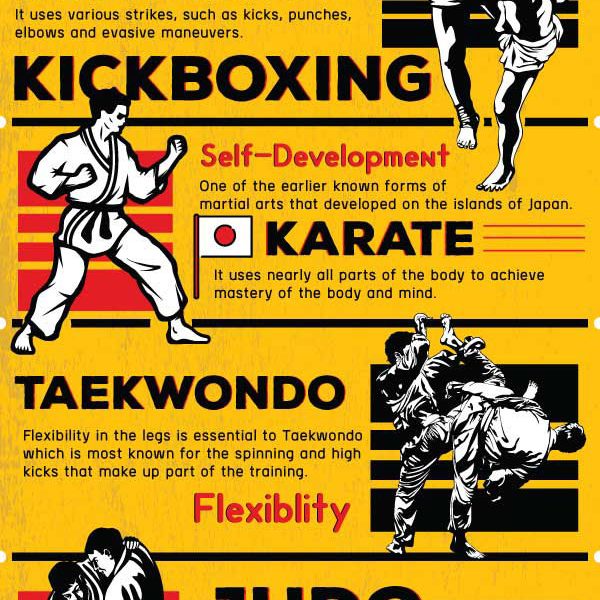Conventional Martial Arts And Modern Combat Sports: A Detailed Summary Of Their Distinctive Differences
Conventional Martial Arts And Modern Combat Sports: A Detailed Summary Of Their Distinctive Differences
Blog Article
Developed By-McGinnis Burch
When you consider martial arts, do you lean a lot more towards the typical practices or the modern combat sporting activities? Each course uses unique benefits and experiences, formed by their viewpoints and training approaches. Highly recommended Site stress personal development and technique, while modern-day battle sporting activities focus on competitors and performance. Comprehending these differences can assist you in picking the ideal method for your trip. However how do these distinctions materialize in training and ideology?
The Viewpoint and Background Behind Traditional Martial arts
While many people connect martial arts with physical combat, the philosophy and history behind standard martial arts run much deeper. You'll find that these techniques highlight personal development, discipline, and regard.
Stemming from ancient methods, traditional martial arts were typically developed for Self-Defense and spiritual advancement. Krav Maga personify principles such as balance, consistency, and self-discipline, leading practitioners beyond mere fighting abilities.
As you educate, you'll not just discover techniques but additionally get insights right into the culture and worths that shaped these arts. The routines and customs, usually passed down through generations, cultivate a sense of area and belonging.
The Affordable Nature of Modern Battle Sports
Modern fight sports have actually transformed the landscape of martial arts right into an extremely affordable sector, where professional athletes take on in an examination of skill, strategy, and endurance.
You'll notice that competitors are commonly arranged with strict guidelines and guidelines, guaranteeing fair game and security. https://manuelqmgxq.blog-mall.com/36145479/the-advancement-of-combat-an-overview-to-martial-arts-weaponry-and-techniques draw in huge audiences, sustaining the enjoyment and strength of matches.
Professional athletes train rigorously, not just for physical expertise but likewise for psychological toughness, recognizing that every information counts in the ring. The adrenaline thrill during competitions is apparent, as boxers push their restrictions to assert success.
Followers value the athleticism and artistry involved, making modern-day battle sports a thrilling phenomenon that remains to progress and astound lovers around the globe.
Training Techniques and Methods: A Comparative Analysis
The competitive environment of contemporary fight sporting activities needs innovative training approaches that differ significantly from standard martial arts.
In modern-day training, you'll focus on particular methods, sparring, and conditioning, often utilizing drills that replicate actual fight circumstances. You'll see a focus on measurable performance and frequent competition to examine your abilities.
On the other hand, traditional martial arts prioritize forms, katas, and thoughtful teachings, usually highlighting discipline and regard over competition.
Training is generally less intense and might involve recurring practice as opposed to real-time sparring.
While both techniques build ability and health and fitness, contemporary combat sporting activities provide a much more vibrant and versatile training atmosphere, preparing you for immediate challenges in the ring or cage.
Choose the path that aligns with your objectives and passions.
Final thought
In selecting between traditional martial arts and modern-day combat sports, it truly comes down to what you value the majority of. If you're trying to find individual development, technique, and a feeling of community, standard arts may be your best fit. However if you flourish on competitors and real-time challenges, modern-day combat sporting activities could be the means to go. Inevitably, both paths offer special advantages, so it's everything about straightening your training with your individual objectives and passions.
